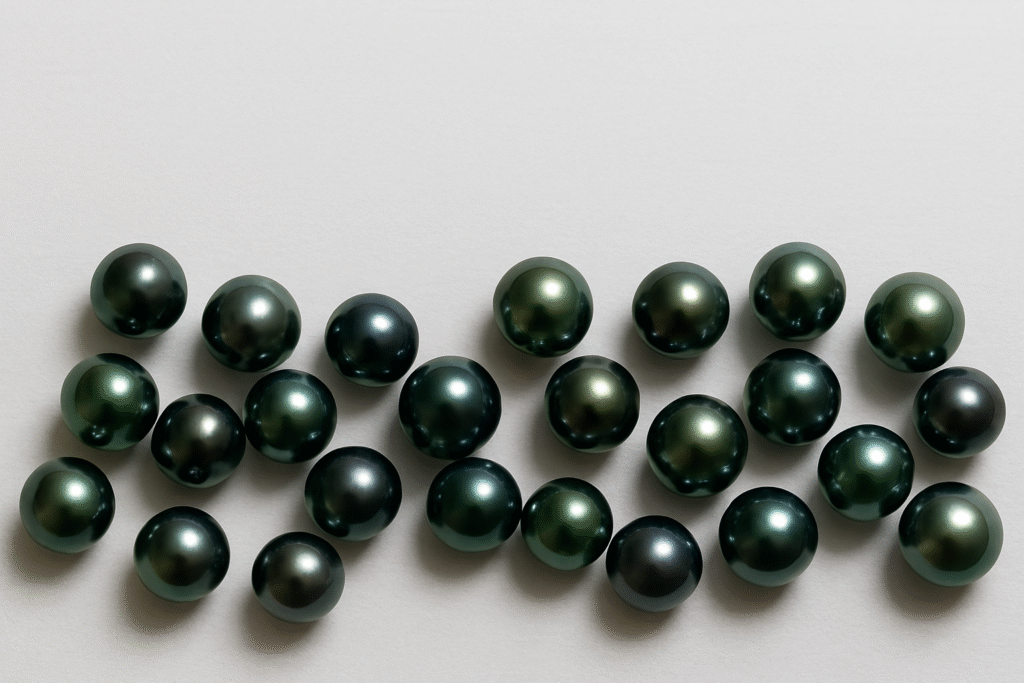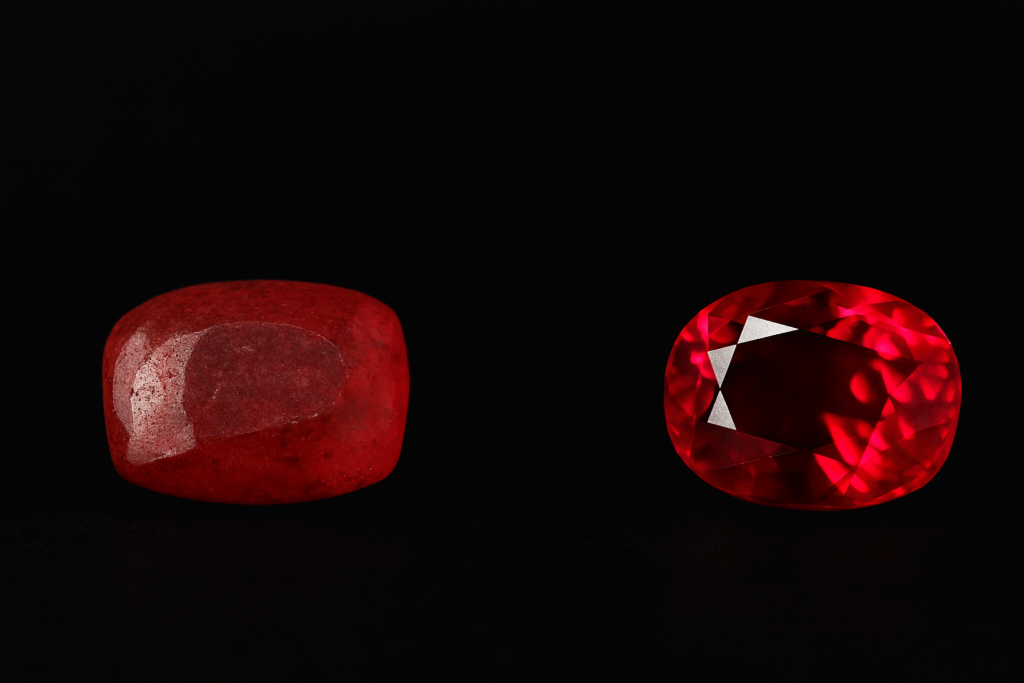Many buyers have emerald gemstone expectations that go far beyond reality. They wear an emerald ring for a week and wait for instant riches. But gemstones are not magic wands. They are supportive tools that work over time, aligning with your effort and persistence.
What an Emerald Gemstone Really Does
- Emerald is connected with Mercury in Vedic astrology.
- It is said to improve focus, clarity, and communication.
- Stronger decisions may support career and business growth.
But remember: “The emerald is the compass. You still need to walk the road.”
Common Emerald Gemstone Expectations
A client once asked: “I wore my emerald for seven days. Why hasn’t my wealth doubled?” My answer: The gem can sharpen your mind, but it cannot replace discipline, planning, and risk management.
Research shows that over 70% of gemstone buyers expect immediate results. Yet wealth comes when consistent effort meets subtle gem influence.
Q&A About Emeralds
Q: How long does it take for emeralds to show results?
A: Effects vary. Some feel changes in weeks, others after months. It’s like tuning an instrument.
Q: Can emeralds alone make someone rich?
A: No. They may guide your judgment, but success still requires action.
Q: Who should wear emerald gemstones?
A: Suitability depends on your horoscope. The wrong stone may create setbacks. Always consult a qualified gemologist.
My Expertise
With 40+ years in gemology, I’ve seen emeralds help clients sharpen negotiation skills and avoid costly mistakes. Recognition from industry journals and awards for gemstone education have reinforced one truth: “Emeralds support effort, they do not replace it.”
For further reading on this subject, we recommend checking out the articles:
- Understanding BIS Hallmark: What It Means for Your Jewellery
- 24K, 22K, 18K: What Every Malayali Gold Buyer Must Know
- Certified Stones Only: How to Avoid Overpaying for Undocumented Diamonds in NYC
Learn more about BIS India
This article explains why wearing an emerald won’t make you instantly rich. Instead, it highlights how gemstones act as supportive tools that enhance focus, clarity, and communication. Backed by 40 years of expertise, case studies, and client experiences, the article tackles myths, offers a Q&A, and provides quotable insights.
Introduction
This comprehensive Watch Buying Guide answers the most common questions about timepieces.
Whether you’re purchasing your first watch or adding to your collection, these expert insights help you make informed decisions.
From understanding movement types to choosing the right size for your wrist, you’ll find everything needed before making a purchase.
What Types of Watches Should You Consider? – Watch Buying Guide Insights
Understanding the five main categories helps narrow your options:
- Mechanical watches – Use springs and gears. No battery needed.
- Quartz watches – Battery-powered; most accurate.
- Automatic watches – Wind themselves from wrist movement.
- Digital watches – Display time numerically on a screen.
- Smartwatches – Connect to your phone and track fitness data.
Accuracy Expectations – Watch Buying Guide Tips
- Quartz watches – Lose about 15 seconds per month.
- Mechanical watches – Lose 20–40 seconds per day.
- Atomic watches – Lose 1 second every 100 million years.
- Your phone’s clock stays perfectly accurate.
Water Resistance Considerations
Water resistance ratings affect usage scenarios:
- 30m – Handles rain and handwashing
- 50m – Safe for swimming
- 100m – Suitable for snorkeling
- 200m+ – Scuba diving
Replace gaskets every 2–3 years to maintain resistance.
Maintenance Schedule – Watch Buying Guide Advice
- Quartz watches – Battery replacement every 1–3 years.
- Mechanical watches – Full service every 3–5 years.
- Service costs: $200–800 depending on the brand.
Watch for stopping, running fast/slow, or condensation under the crystal.
Pricing Strategy
- Budget watches – Plastic cases, basic movements
- Mid-range watches – Steel cases, reliable mechanisms
- Luxury watches – Precious metals, hand-finished details
Remember: craftsmanship, materials, and brand prestige drive prices.
Sizing Advice
- 6–7 inch wrists – 38–42mm
- 7–8 inch wrists – 40–44mm
- 8+ inch wrists – 42–46mm
Ensure lugs don’t overhang wrist edges.
Complications to Prioritize
- Date display – Useful daily
- GMT hand – Second time zone
- Chronograph – Stopwatch
- Moon phase – Decorative
- Annual calendar – Adjusts month lengths
More complications = more things that can break.
Maintenance Tips
- Clean with a soft cloth
- Avoid extreme temperatures & magnets
- Wind manual watches daily
- Use watch winders for automatics
- Don’t adjust date between 9 PM–3 AM
Investment Potential
- Most watches lose value after purchase
- Only select Rolex, Patek Philippe, Audemars Piguet models appreciate
- Vintage watches from 1960s–70s show strong growth
- Buy watches you enjoy wearing, not solely for investment
Essential Tools
- Spring bar tool
- Case back opener
- Soft polishing cloth
- Watch cushion
- Demagnetizer
Where to Purchase
- Online – Better selection, often cheaper
- Physical stores – Try before buying
- Authorized dealers – Full warranties
- Grey market – Discounts, limited warranty
- Forums/eBay – Vintage pieces, verify authenticity
Learn More:



